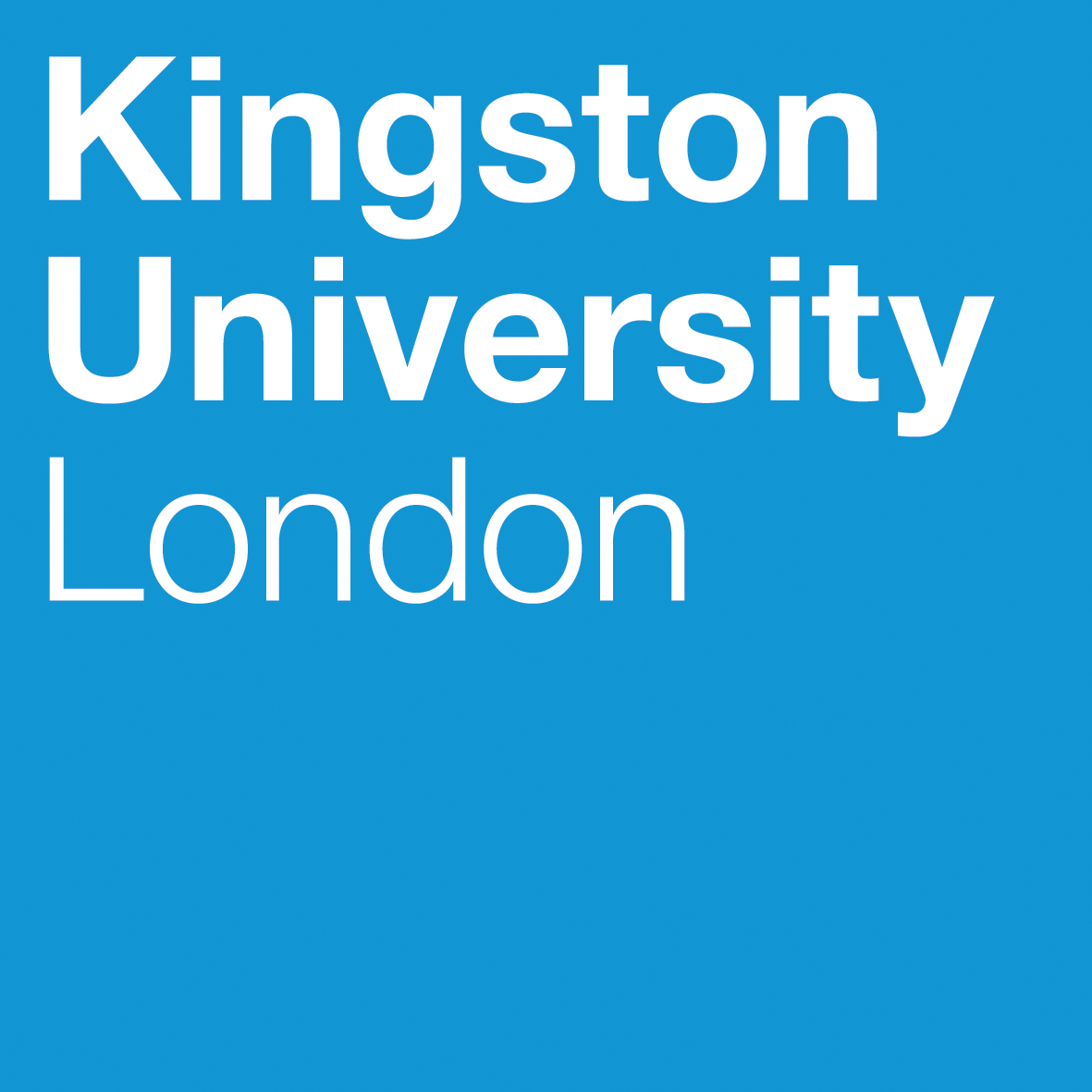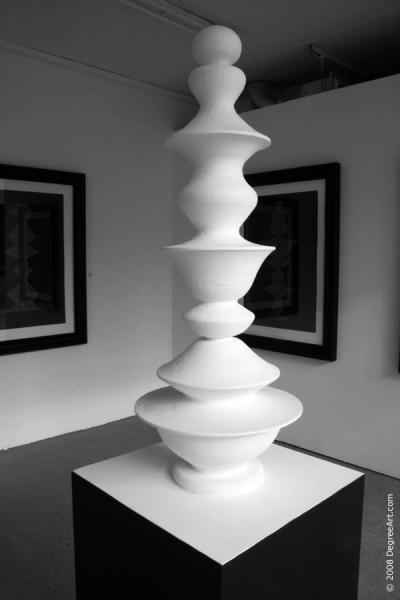Where did Artellite come from?
Whilst the comparable industry of Music and Fashion have embraced it, the Art World has been slow to recognise and take up the potential of the Internet as a viable selling tool.
In 2012 the Artellite team, with funding from the £7 million Digital Research and Development Fund for Arts run by Nesta, Arts Council England and the Arts and Humanities Research Council (AHRC), set out to research why much of the Art World has failed to embrace Ecommerce as a viable additional, revenue source.
What is happening online?
 In 2014, Hiscox released their Online Art Report stating that 71% of their survey respondents had bought art online, with over a quarter of them (26%) saying that they had spent over £50,000 online.
In 2014, Hiscox released their Online Art Report stating that 71% of their survey respondents had bought art online, with over a quarter of them (26%) saying that they had spent over £50,000 online.
Clearly collectors and clients want to and are buying considerable amounts of artwork online. During our research though, we found that only 18% of artists, galleries and arts organisations surveyed had an ecommerce section on their websites.
What stops artwork from being sold effectively online?
1. The Costs – Time and Money
Designing, building and importantly maintaining a website is costly
2. Buying ‘Unseen’
The belief that that our screens will be too much of a barrier between us and the actual tangible artwork
3. Transparent Pricing
Difficulties with ensuring pricing consistency across various online platforms
4. Online Relationship Management
How do we deal with our artists, galleries and arts organisations who we work with offline, online. What are the rules?
5. Fear of the Unknown
As a traditionally offline industry, we do not fully understand how to best translate what we do and transact online. There is a lack of best practice for our industry and technology advancements often come quicker than we can keep up with.
The Artellite Solution
Our research found that as clients increasingly expect to be able to purchase everything and anything online and that protecting the valuable work done by galleries working with artists and art organisations is fundamental to ensure that artists and collectors can continue to benefit from the valuable work of galleries and art organsiations in promoting and proving access to the highest quality artwork.
Artellite set out to begin the process of future proofing the traditional Art Industry, online through:
1. Saving you time and money researching, deisgning & developing
An affordable, industry bespoke ecommerce solution for the Art World, which importantly is regularly updated at no extra cost for their websites
2. Reassurance that clients and collectors are more than ready and willing to purchase art online
"89% of the respondents in the 2014 Hiscox Online Art Report had bought art ‘unseen’ online" |
3. A system that allows artists and galleries to ensure consistent pricing
Through a clearly defined online consignment agreements which additionally act to:
4. Enable artists and galleries to work together online and with Arts Organisations
Artellite provides agreements that mean everyone knows where they stand. DegreeArt has spent the last decade working out how to not just sell art online, but how to manage relationships online including, specifically those of the gallery and artist, the gallery and client and the artist and client. We have translated his into the system to make it easy and transparent for all involved.
5. Best Practice Guides
Artellite has created Best Practice Guides including SEO for the Art Industry, Social Media Guidelines and all the information needed from uploading artwork online to fulfilling orders. In addition our team are here to help get you up and running and offer advice.
Artellite Websites
About the Artellite R&D project:
Today, understanding of the importance of having an effective online presence, for those involved in the Arts, is at an all-time high. However, funding is limited creating a huge barrier to entry for many in the Arts industry.
DegreeArt.com undertook pioneering research into how artists, galleries, arts organisations and buyers are using the online realm to market and promote their practice and how users are searching, interacting and transacting online with the intention of identifying best practice for all. The result of the R&D process was ‘Artellite’. The platform will future proof and lay the foundations for how the wider Arts Industry of artists and galleries can co-exist online and reach new and existing audiences.
The project was delivered alongside Research Partner, Karen Cham, Principal Lecturer in Digital Media & Director of ‘Digital Media Kingston’ at Kingston University, London, and Technology Partner, Snowflake Digital Ltd.



About DegreeArt.com
With ten years’ experience at the forefront of their industry, Elinor Olisa and Isobel Beauchamp, co-founders of DegreeArt.com, a pioneering online art dealership, are devoted to promoting and selling the artwork of the talented student and graduates they handpick from London and the UK’s prestigious art universities for their clients. Through their website, which one was one of the very first Online Art Galleries, they have sought to shake up the art world by ensuring that quality, original art is accessible for those looking to own, collect and invest in the artists of the future.
About the Digital R&D Fund for the Arts
The Digital R&D fund for the Arts is a £7 million fund to support collaboration between organisations with arts projects, technology providers, and researchers. It is a partnership between Arts Council England (www.artscouncil.org.uk), Arts and Humanities Research Council (www.ahrc.ac.uk) and Nesta (www.nesta.org.uk). We want to see projects that use digital technology to enhance audience reach and/or develop new business models for the arts sector. With a dedicated researcher or research team as part of the three-way collaboration, learning from the project can be captured and disseminated to the wider arts sector. Every project needs to identify a particular question or problem that can be tested. Importantly this question needs to generate knowledge for other arts organisations that they can apply to their own digital strategies.




